Sit on enough panels and, eventually, you will be asked to moderate one.
In a previous blog, we looked at what actions and preparations make for being a good panel member. In this blog, we turn the table – so to speak – and focus on the role of the moderator, sharing tips on those actions that can be taken before – and during – a panel discussion to make sure the audience walks away not only edified, but entertained.
In a simplistic and tactical way, a good moderator is like a perfect dinner party host – they ensure that the conversation keeps flowing, that all are included and heard from, and that a high level of energy is maintained.
Beyond that, however, all panel discussions should have a certain level of advanced strategic planning associated with them. In the days or weeks leading up to your panel moderation, make sure you are able to answer the two following questions:
1) Why has this group of people – the panel – been pulled together? Is it to share unique perspectives on a recent political issue? Is it to inform the audience on a specific industry trend? Is it to sell books? If the reason for the panel cannot be succinctly stated, then the discussion itself may be unfocused. This answer should be thought out well in advance – when the panel is initially assembled and the marketing materials or invitations are created.
2) What are the one or two things that you, as the moderator, want to make sure your audience takes away from listening to the panel discussion? In order to create a list of questions ahead of the discussion, you have to have a certain viewpoint and anticipated takeaways.
Once you have taken the stage, it’s your show – you are the conductor. You’ll want to make sure you have a crisp, tight performance. Consider the following:
1) Keep your introductions of the panel members short – radio introduction short. Think of an NPR interview – rarely does an expert’s introduction go beyond a name and title and, in almost all cases, that’s just fine. Depending upon your setting, a paragraph-length biography of each of the panel members may be included in the audience’s distributed materials. Too often, a moderator will read a lengthy biography of each of the panel members, killing the room’s energy right off the top and stealing valuable minutes from your limited time together.
2) Set the ground rules. You, as the moderator, may want to relate a certain level of context around the topic to be discussed, but make sure you keep it short. The audience is expecting a group discussion, not a monologue.
3) Keep your questions short. I’ve seen many moderators use their questions as an extended monologue. I’ve even seen moderators go on so long with their intended question that they segue into answering it themselves. Again, a moderator’s role is to quickly and effectively push the panel members into key points of discussion.
4) Avoid ‘jump ball’ questions. Occasionally, moderators will ask a question with no intended target. Confusion follows among the panelists – “Would you like to take that first?” “No, please, why don’t you take it?” If this type of fumbling around occurs, the moderator has not done their job properly.
5) Prevent rambling. We’re uncomfortable with ‘dead air.’ This can manifest itself with nervous panel members fearing the end of their answer. They begin to ramble, repeat themselves, or go off on a tangent. As the moderator, you need to prevent this by jumping in to rescue them, redirect the answer, or toss a new – or follow-up – question to another panelist.
6) Properly manage your time. Whether with a stage prompter or with your wristwatch, make sure you know where you are within your program, when you are going to audience questions, and when you need to wrap up the program.
7) Read the audience’s energy. Some moderators will rarely glance out at the audience, keeping their entire focus upon the panelists. This can be a missed opportunity. Depending upon where the audience is in relation to the stage, the moderator should be able to read the audience’s energy, helping determine when to go to audience Q&A, when to continue down a certain line of discussion, and, toward the end of the program, when to firmly wrap it up.
8) Give verbal cues to your audience. If there is an audience Q&A segment, make sure that you tease it before jumping into it. This can be done by simply saying from stage, “We’re going to go to your questions in just a moment, but before we do, let me ask one more question of our panelists…” This alerts the audience to be ready with their own questions. When you finally do toss it to them, hands will shoot up. You’ve prepared them.
9) Wrap it up. As you enter the final five minutes of the scheduled discussion time, make sure you let your audience and panelists know the time constraint. Again, a simple statement will do: “We have just five more minutes and time for two more questions.” This sets expectations for the audience; you’ve also signaled to the panelists that their answers for these two final questions should be short.
Now that we’ve laid it out, are there any questions?


